If you’re ready to elevate your trap beats and make them truly unforgettable, you’ve come to the right place.
In the world of music production, the secret to creating outstanding tracks often lies in innovative and distinctive chord progressions.
Mastering the art of crafting captivating trap chord progressions can set your music apart from the rest and leave your listeners absolutely addicted.
In this post, we’ll unveil the Top 8 Trap Chord Progressions that can take your beats from ordinary to extraordinary.
For each progression, we’ll explore what makes it so powerful and captivating.
As well as how you can leverage these progressions to boost your own music production prowess.
So, prepare to unlock the hidden potential of these game-changing chord progressions and revolutionize your trap tracks.
Let’s dive in…
Table of Contents
- The Rise of Trap Music & Its Role in Hip-Hop
- Understanding Root Notes and Common Keys in Trap Music
- The Power of Minor Chords in Trap Music
- The 8 Best Trap Chord Progressions
- 1: F#m – A – D (i – III – VI)
- #2: Fm – Db – C (i – VI – V)
- #3: Bm – G (i – IV)
- #4: A – C#m – B – F# (I – iii – II – vi)
- #5: Em – Bm – Am – Eb (i – v – iv – VII)
- #6: Cm – Fm – Gm (i – iv – v)
- #7: Dm – Gm – Am – Bb (i – iv – v – VII)
- #8: C#m – E – F# – G# (i – III – IV – V)
- Techniques for Writing and Playing Trap Chord Progressions
- 5 Additional Pro Tips for Crafting Trap Chord Progressions
- Trap Chord Progressions: Final Thoughts
The Rise of Trap Music & Its Role in Hip-Hop
The origins of trap music can be traced back to the early 2000s, with producers like Waka Flocka Flame and DJ Snake playing a crucial role in the genre’s development.
The signature sound of trap incorporates:
- Heavy 808 basslines
- Fast hi-hats
- Dark melodies
As trap music gained popularity, it became an essential part of the hip-hop landscape, influencing artists like Major Lazer and Migos.
In recent years, Trap has continued to evolve, incorporating elements from other hip-hop subgenres and pushing the boundaries of what hip-hop can be.
From the experimental sounds of producers like Metro Boomin to the crossover success of artists like Kendrick Lamar and Pop Smoke, Trap has shown that it’s here to stay.
Understanding the importance of progressions in trap music is essential for any producer looking to make their mark in this exciting genre.
Understanding Root Notes and Common Keys in Trap Music
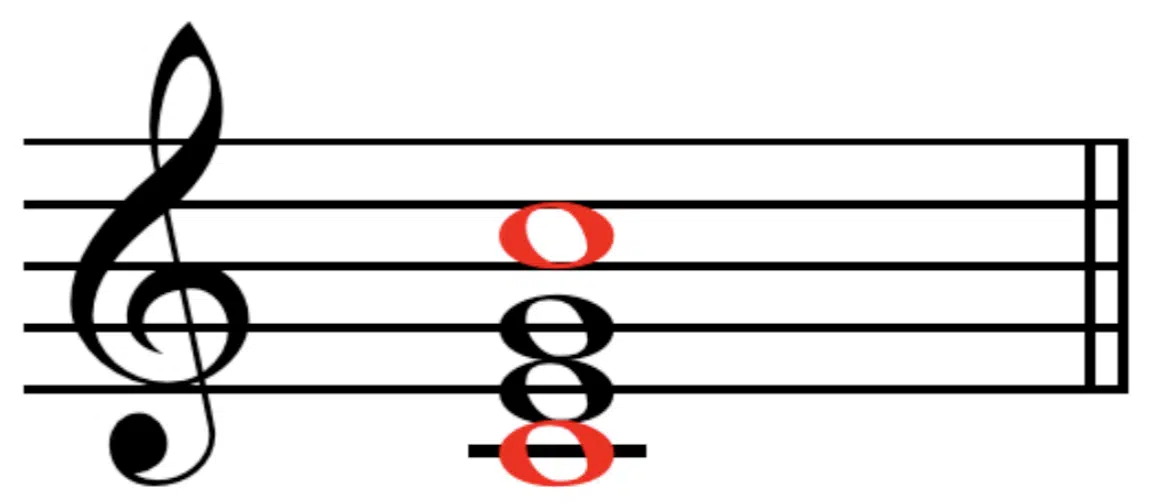
In trap music, it’s essential to have a strong foundation in understanding the role of root notes and common keys.
The root note is the fundamental pitch upon which a chord is built.
It serves as the anchor point for the rest of the notes in a chord, defining the chord’s overall sound and tonality.
Root notes play a crucial role in creating the foundation for your chord progressions and ultimately your trap tracks.
In addition to understanding root notes, being familiar with common keys used in trap music is also important.
Most trap tracks are written in the minor key, with the most popular choices being Em, Bm, and Fm.
These minor keys contribute to the dark and moody atmosphere that is characteristic of trap music.
Utilizing these common keys in your chord progressions will help you create authentic and captivating trap beats that resonate with your audience.
The Power of Minor Chords in Trap Music
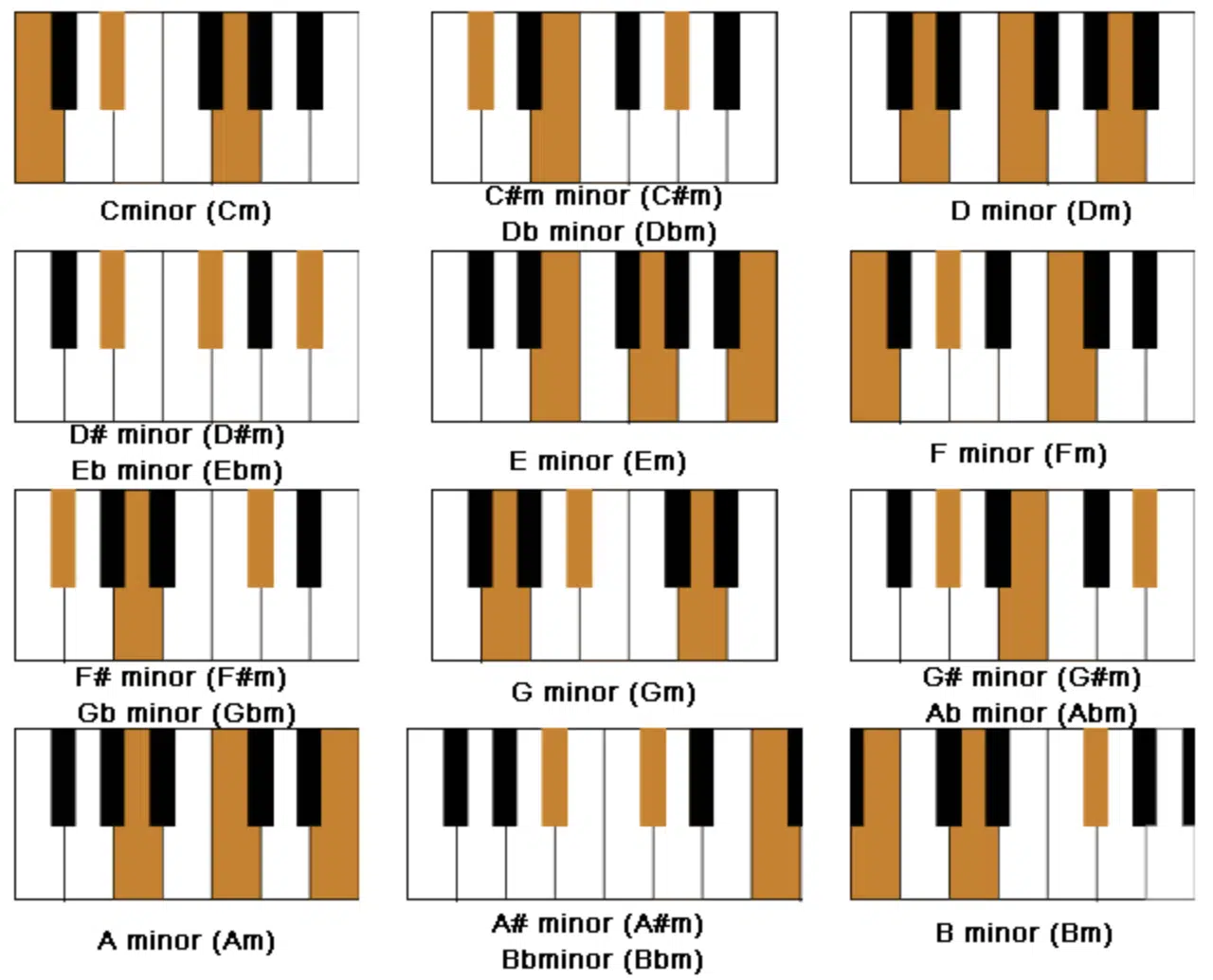
Minor chords are a fundamental element in the world of trap music.
Their dark and moody tonality is perfect for creating the intense and atmospheric sound that is synonymous with trap tracks.
Minor chords are often the backbone of these progressions, as they add depth and emotion to your beats in the best of ways.
Trap music commonly utilizes minor keys, such as Em and the Aeolian minor scale, to create that dark and moody atmosphere.
These minor keys are the foundation for many trap chord progressions, helping to set the overall tone and vibe of your track.
From creating a sense of mystery and tension to evoking feelings of sadness and melancholy, minor chords play a crucial role in shaping the emotional landscape of your trap beats.
By understanding and incorporating these common music modes into your music production, you’ll be able to craft captivating and authentic trap beats.
Now that we’ve covered the basics, let’s jump into the top 8 trap chord progressions.
The 8 Best Trap Chord Progressions
1: F#m – A – D (i – III – VI)
The F#m (i) – A (III) – D (VI) progression, featured prominently in DJ Snake and Major Lazer’s hit “Lean On,” is a versatile and widely used trap chord progression.
It’s actually one of the most common variations of today, especially for evoking intrigue.
The progression moves from a dark and moody F# minor chord to a bright and uplifting A major chord, before resolving to a D major chord, creating a sense of tension and release.
This progression effectively conveys a wide range of emotions, making it perfect for crafting dynamic trap beats that captivate listeners.
Don’t forget to check our Major Scale article to learn all about the major scale in music production.
#2: Fm – Db – C (i – VI – V)
The Fm (i) – Db (VI) – C (V) chord progression, as heard in Waka Flocka Flame’s “Hard In Da Paint,” is another popular choice among trap producers.
This progression utilizes minor and major chords, providing a nice balance between dark and uplifting vibes.
The contrast between the conflicting chords helps create an engaging and energetic atmosphere that keeps listeners hooked.
These battling chords are a great way to reel listeners in and keep them satisfied once they are.
Experimenting with this progression can yield some truly memorable trap tracks, so don’t overlook them.
#3: Bm – G (i – IV)
A simple yet effective progression, the Bm (i) – G (IV) progression is used in countless trap tracks, including the iconic “No Hands” by Wale, featuring Waka Flocka Flame and Roscoe Dash.
The combination of the particularly moody B minor chord with the uplifting G major chord creates a sense of tension that can be used to capture the attention of your audience.
This two-chord progression is easy to work with and can be the foundation for a wide variety of catchy melodies and hooks.
That sense of simplicity and repetition gives your listeners a sense of familiarity and hype that is always good to play around with.
#4: A – C#m – B – F# (I – iii – II – vi)
Featured in Migos’ “Bad and Boujee,” the A (I) – C#m (iii) – B (II) – F# (vi) progression is a perfect example of a captivating chord progression.
Starting with a bright and energetic A major chord, the progression moves to a moody C# minor chord, followed by a B major chord, and resolves to a dark F# minor chord.
This combination of chords creates a rich and dynamic atmosphere, perfect for crafting unforgettable trap beats that resonate with listeners.
People were instantly attracted to the chord progression of this song.
So, needless to say, it’s extremely effective at gaining some serious traction and intrigue.
#5: Em – Bm – Am – Eb (i – v – iv – VII)
Used in numerous trap tracks, such as Gucci Mane’s “Lemonade,” the Em (i) – Bm (v) – Am (iv) – Eb (VII) chord progression creates a distinct and enthralling sound.
The progression starts with a dark and mysterious E minor chord and moves to a tense B minor chord.
Then, it transitions to a moody A minor chord before resolving with an unexpected Eb major chord.
This unique combination of chords adds an element of surprise and anticipation to your trap productions, ensuring they stand out from the crowd.
#6: Cm – Fm – Gm (i – iv – v)
The Cm (i) – Fm (iv) – Gm (v) progression in a minor key creates a sense of anticipation that’s perfect for capturing the energy, intensity, and unique energy of trap music.
This progression moves from the dark and brooding C minor chord to the equally moody F minor chord and then resolves with the tense G minor chord.
An example of this somewhat sad chord progression in action can be heard in Waka Flocka Flame’s iconic “Brick Squad Anthem.”
It provides a solid foundation for the aggressive nature of the track and keeps people hyped up and engaged.
#7: Dm – Gm – Am – Bb (i – iv – v – VII)
The Dm (i) – Gm (iv) – Am (v) – Bb (VII) progression is a captivating combination of chords that effortlessly blend tension and release.
Beginning with a dark D minor chord, it transitions to a moody G minor chord and a tense A minor chord before resolving with a surprising and uplifting Bb major chord.
This progression can be heard in Flosstradamus’s “Mosh Pit,” where it adds a sense of intensity and drive to the track, keeping the audience entertained throughout.
#8: C#m – E – F# – G# (i – III – IV – V)
The C#m (i) – E (III) – F# (IV) – G# (V) progression creates a dynamic and engaging atmosphere, perfect for crafting memorable trap beats.
This progression starts with a moody C# minor chord and transitions to an uplifting E major chord, followed by an energetic F# major chord and a tense G# major chord.
The combination of chord structures can add layers of intrigue and complexity to your hip hop beats and ensure they demand attention.
An example of this progression at work can be heard in Baauer’s “Harlem Shake,” where it contributes to the track’s iconic sound and infectious energy.
Techniques for Writing and Playing Trap Chord Progressions
Now that we’ve explored some of the best trap chord progressions, let’s talk about some techniques for writing and playing killer trap chord progressions.
-
Chromatic Movement
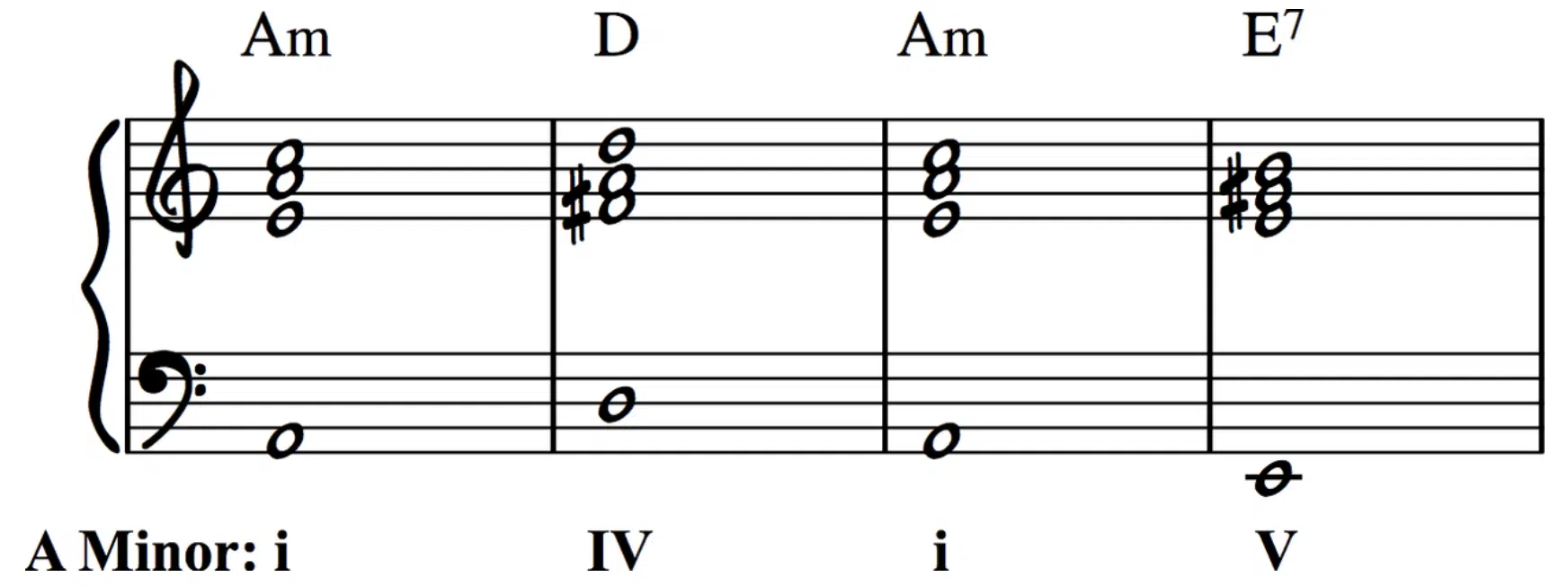
Chromatic movement is a technique where notes in a melody or chord progression move by half steps, creating a sense of tension and resolution.
This technique is commonly used in trap music to create a dark and moody atmosphere.
For example, in DJ Snake’s “Turn Down for What,” the bassline moves chromatically, creating an eerie and unsettling effect that contributes to the track’s overall vibe.
Experiment with chromatic movement in your trap chords to add depth and complexity.
-
Diminished Chords

Diminished chords are dissonant and unstable, making them perfect for creating tension and unease in your trap music.
By incorporating diminished chords into your progressions, you can give your tracks an edgy and dark sound that is characteristic of the genre.
For instance, Waka Flocka Flame’s “Hard in Da Paint” features a diminished chord in its main melody which gives it a sense of menace and tension.
Play around with these types of chords in your to create a unique and intriguing trap sound.
-
Create A Catchy Melody & Riff
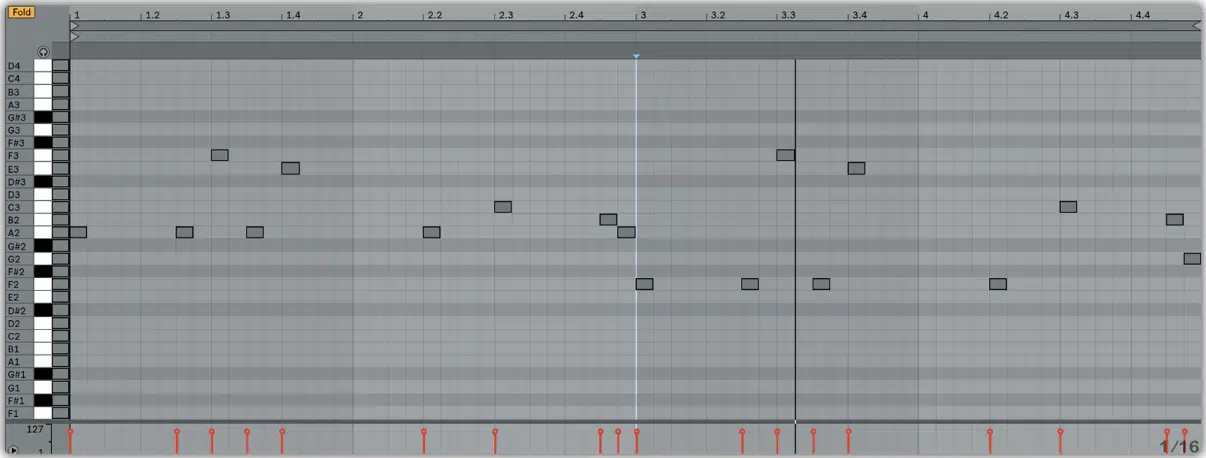
It’s essential to create memorable melodies and riffs that will stick with your listeners.
To do this, try focusing on repetition and simplicity.
For example, in Migos’ “Bad and Boujee,” the main melody is built around a simple, repeated motif that is instantly recognizable.
I’m sure you could even think of it right now because it was insanely catchy.
Additionally, consider using syncopation and rhythmic variation to make your melodies more engaging and dynamic.
In Major Lazer’s “Original Don,” the melody uses syncopated rhythms that make it feel way more energetic.
By incorporating these techniques, you can create trap progressions that are both memorable, engaging, and addicting.
5 Additional Pro Tips for Crafting Trap Chord Progressions
To help you create even more captivating and unique trap chords, here are five expert tips and corresponding examples to take your trap beats to the next level:
- Experiment With Chord Inversions ✓
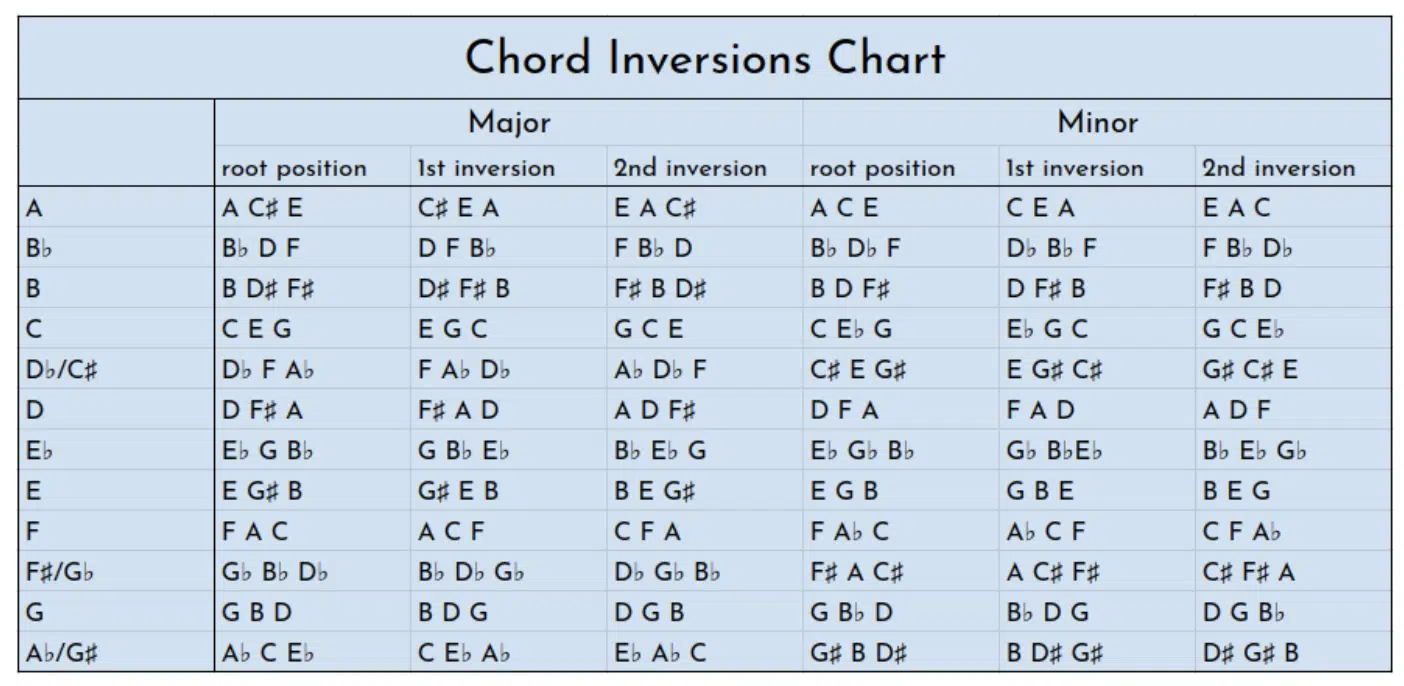
When it comes to trap chord progressions, it’s beneficial to try inverting the second chord.
This will create a smoother transition between chords, making the progression more interesting and engaging.
- Use Borrowed Chords From Parallel Modes For Tension & Emotion ✓
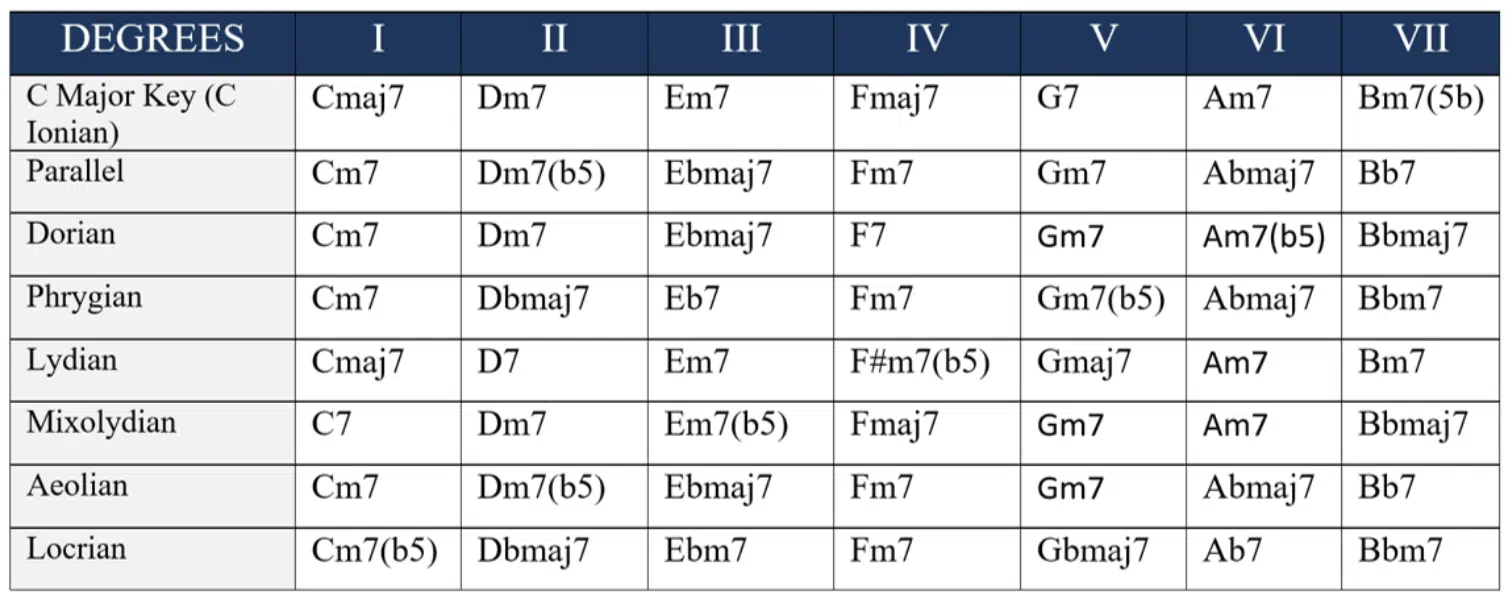
If your trap beat is in E minor, try borrowing a chord from E major or E Phrygian, like a B major or C major.
This will introduce some unexpected give and take.
Combining major chords and minor chords is super valuable because they essentially work together as an angel and devil type of deal.
- Incorporate Syncopation & Rhythmic Variations ✓
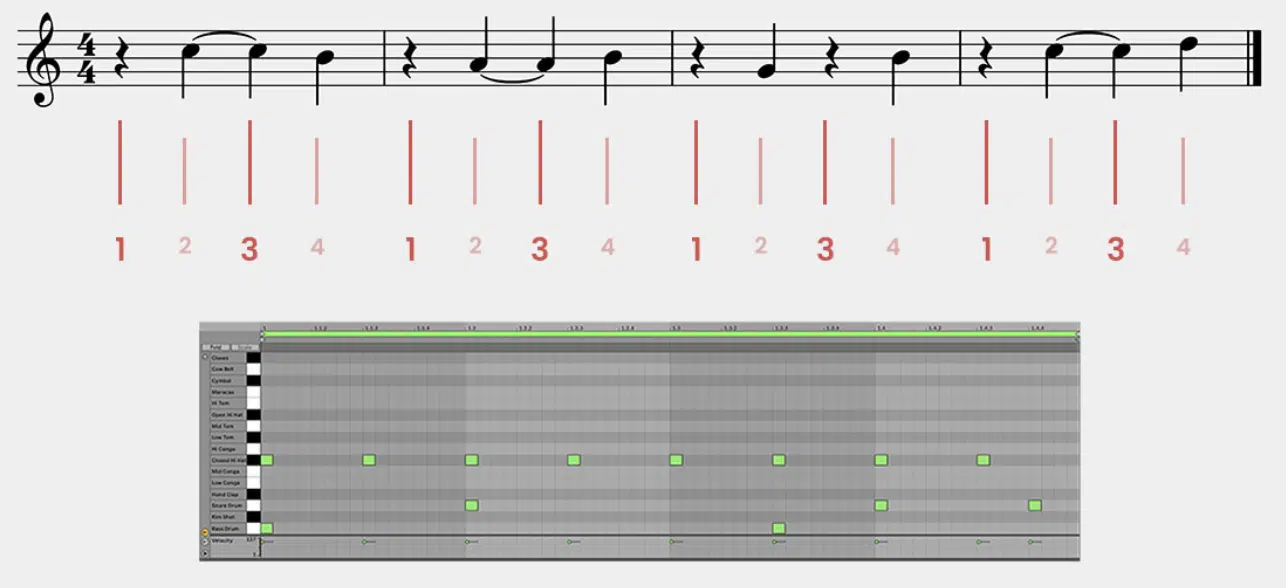
In a simple four-chord progression, try moving the second chord a beat earlier or later than expected.
This will give the progression a bit more of a syncopated and dynamic feel.
Remember, trap is very simplistic in certain ways, so if you want some more advanced hip-hop production tips, we’ve got you covered.
- Layer Chords With Different Instruments & Textures For Added Depth ✓
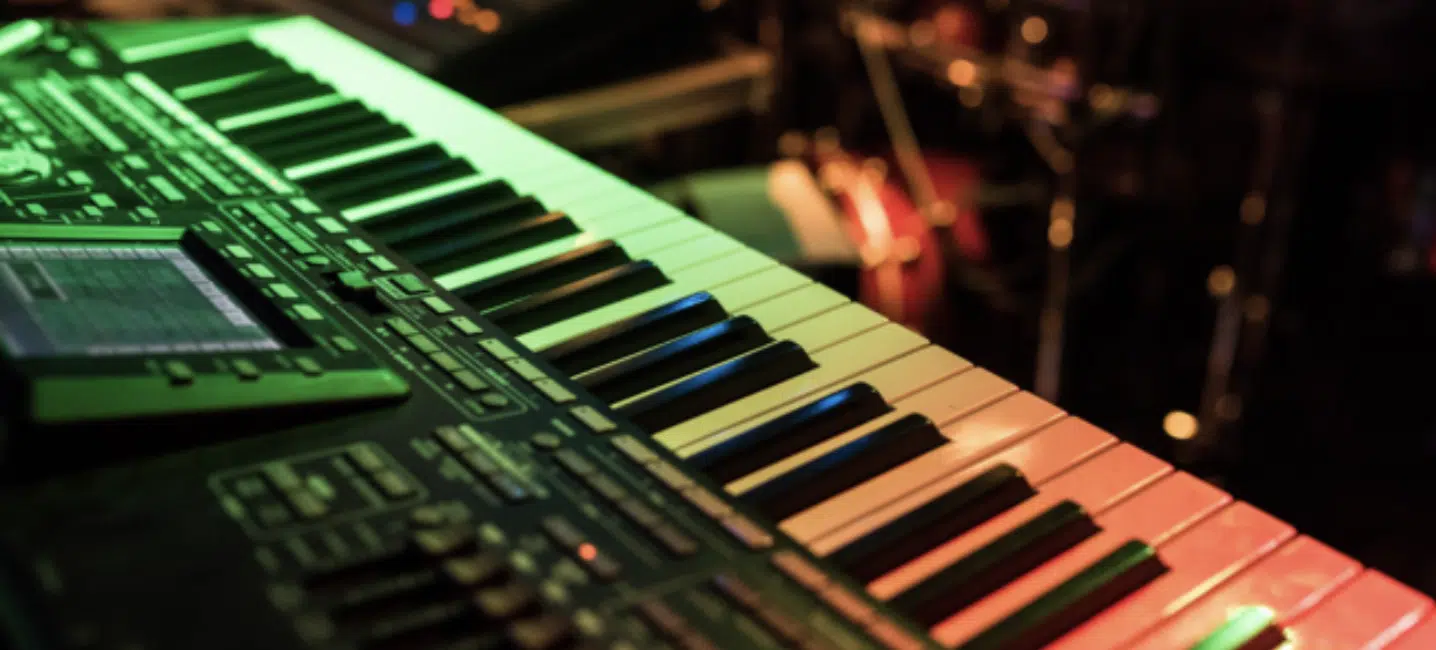
Use a combination of piano, guitar, and synth sounds to play the same chord progression, resulting in a more complex and immersive sound.
- Use Non-Diatonic Chords Sparingly For Dramatic Effect ✓
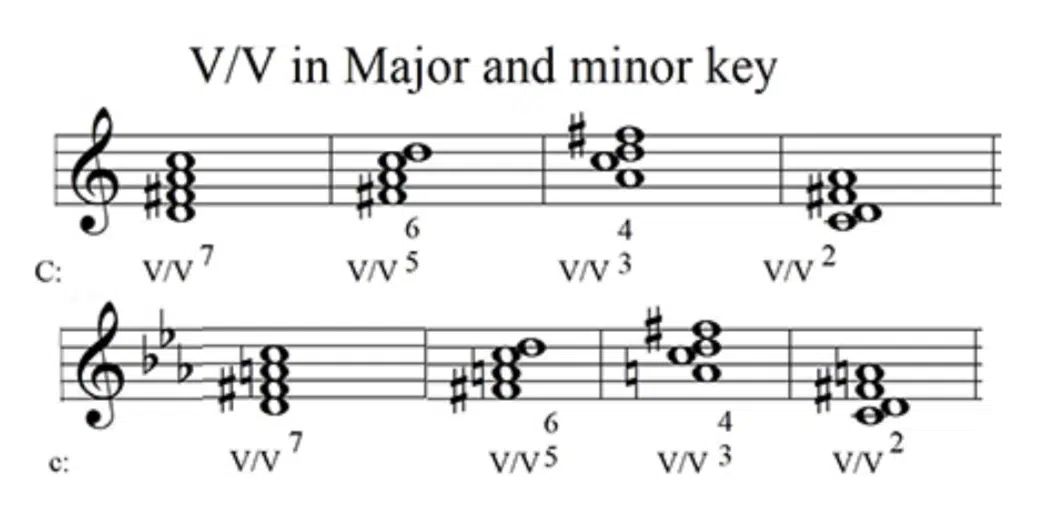
In a primarily diatonic chord progression, one chord is there and the first two chords are as well.
Throw in an unexpected non-diatonic chord, like a tritone substitution, to add a sense of surprise and tension.
Trap Chord Progressions: Final Thoughts
There you have it, some of the hottest, most popular trap chord progressions in the trap game.
Make sure to save this article for later, as these trap chord progressions play a vital role in shaping the distinct sound and emotional landscape of the genre.
By understanding the top 8 trap chord progressions, experimenting with minor chords, and applying expert techniques, you can craft killer trap beats that keep your listeners hooked.
To elevate your music production game even further, the Unison Trap MIDI Chord Collection is the easiest and most effective way for you to create high-quality trap chords and progressions.
This incredible pack contains over 1,800 MIDI chords and progressions, meticulously crafted by professionals to give you a solid foundation and endless inspiration.
With this comprehensive collection at your fingertips, you’ll be able to seamlessly integrate these progressions into your projects, taking your trap music to new heights.







Leave a Reply
You must belogged in to post a comment.